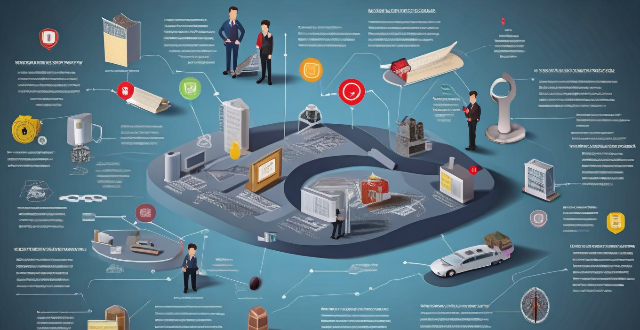Businesses can adopt circular economy policies by designing for longevity and reuse, reducing waste, establishing closed-loop supply chains, implementing extended producer responsibility, innovating with circularity in mind, engaging stakeholders, and measuring and reporting progress. These strategies not only contribute to sustainability but also provide cost savings, risk reduction, and new business opportunities.

How Can Businesses Adopt Circular Economy Policies?
The circular economy is a regenerative system that aims to keep resources in use for as long as possible, extract the maximum value from them while in use, then recover and regenerate products and materials at the end of each service life. For businesses, adopting circular economy policies can lead to cost savings, risk reduction, innovation, and new business opportunities. Here's how they can do it:
1. Design for Longevity and Reuse
- Cradle-to-Cradle Approach: Design products with multiple life cycles in mind. This means using materials that can be easily disassembled and reused or recycled.
- Modular Design: Create products with interchangeable parts, making it easier to upgrade or repair rather than replace the entire product.
2. Reduce Waste and Efficiency
- Lean Manufacturing: Implement processes that minimize waste and maximize efficiency, such as just-in-time production.
- Energy Efficiency: Adopt energy-efficient practices, like using renewable energy sources or implementing energy-saving technologies.
3. Closed-Loop Supply Chains
- Partnerships: Collaborate with suppliers and customers to take back products at the end of their life and recycle or refurbish them.
- Recycling Infrastructure: Invest in or partner with recycling facilities to ensure materials are properly sorted, processed, and reintegrated into production.
4. Extended Producer Responsibility (EPR)
- Take Back Programs: Implement programs where consumers can return used products for recycling or proper disposal.
- Product Stewardship: Assume responsibility for the environmental impact of your products throughout their entire life cycle.
5. Innovate with Circularity in Mind
- Research & Development: Allocate funds specifically for R&D focused on circular solutions, such as biodegradable materials or innovative recycling methods.
- Collaborative Innovation: Work with other companies, universities, and research institutions to co-develop circular solutions.
6. Engage Stakeholders
- Customer Education: Educate consumers about the benefits of circular products and encourage sustainable consumption habits.
- Policy Advocacy: Actively engage in policy discussions and advocate for regulations that support circular economy practices.
7. Measure and Report Progress
- Key Performance Indicators (KPIs): Establish KPIs related to circular economy goals, such as reduced waste, increased recycling rates, and extended product lifespans.
- Transparency: Publicly report on progress towards circular economy goals to build trust with stakeholders and motivate further improvement.
By embracing these strategies, businesses can not only contribute to a more sustainable future but also unlock new sources of value and competitive advantage within the framework of a circular economy.